"There are mafiosi in here, too ... too much blood, there’s no love here, no love at all". Words by Rosaria Schifani at the funeral of her husband, a bodyguard who got killed during the assassination of Giovanni Falcone, in 1992. Her famous portrait was made by Letizia Battaglia.
In 2007, I published a book called Gomorrah, by the young Italian journalist Roberto Saviano. Saviano visited Holland for promotion, in may, but by Christmas he went into hiding, after serious threats of the gomorrah - until today. Gomorrah was a world wide bestseller, and was turned into a great movie by Matteo Garrone.
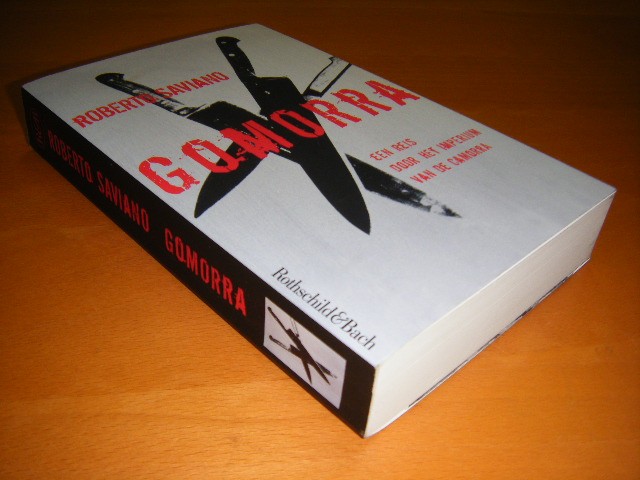
(Cover artwork: Andy Warhol)
After the Saviano book, I published some other Italian crime books, for which I used photographs by Letizia (and Shobha) Battaglia, amongst others her photograph of a grieving Rosaria Schifani.
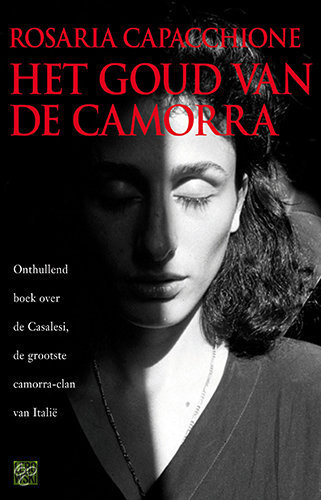
(Cover photograph: Letizia Battaglia)
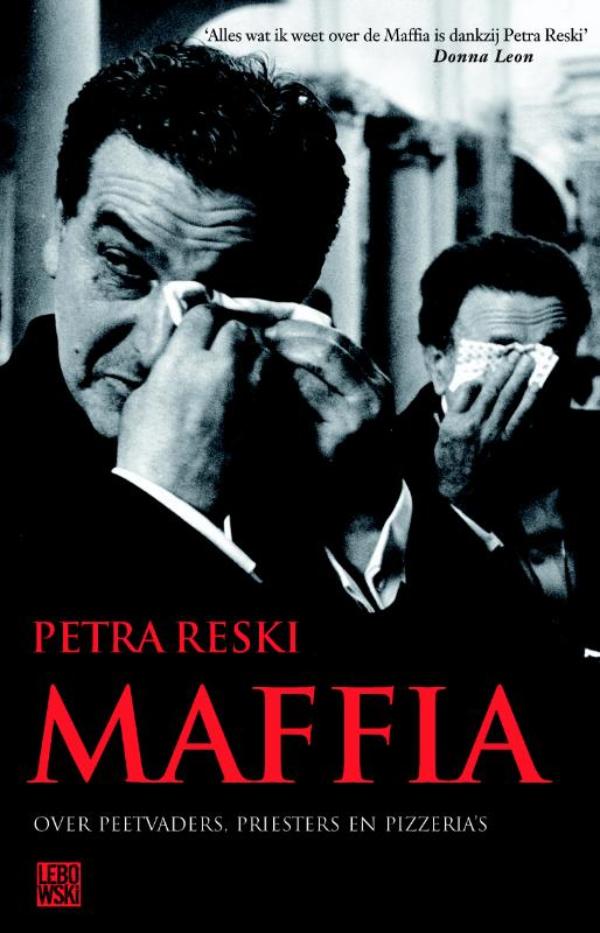
(Cover photograph: Shobha Battaglia)
In 2010, I published another maffia related book, by Petra Reski, on Rita Atria (Partanna, September 4, 1974 - Rome, July 26, 1992), who was a witness in a major Mafia investigation in Sicily, breaking the Omertà - code of silence. She committed suicide in July 1992, a week after the Mafia killed the prosecutor Paolo Borsellino, with whom she had been working.
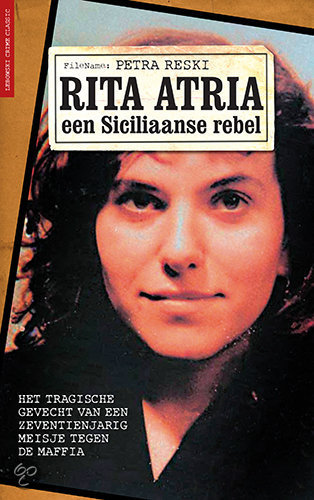
When Reski visited Amsterdam, in the summer of 2010, Metis Gallery hosted an exhibition with works by Letizia Battaglia. I bought a collection of seven photographs, on a small format but beautifully printed, in an edition of five, and I cherish them ever since. Some of the photographs are hard hitting, raw pictures of mafia brutality, and some are poetic portraits of young children, but all are vintage Battaglia: full of life.
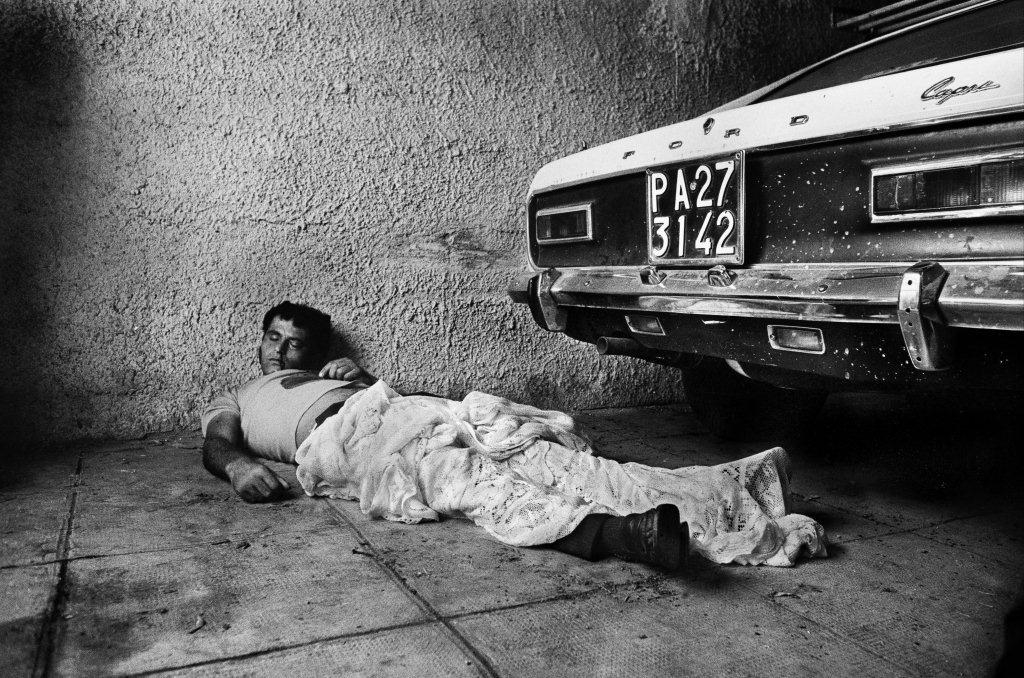
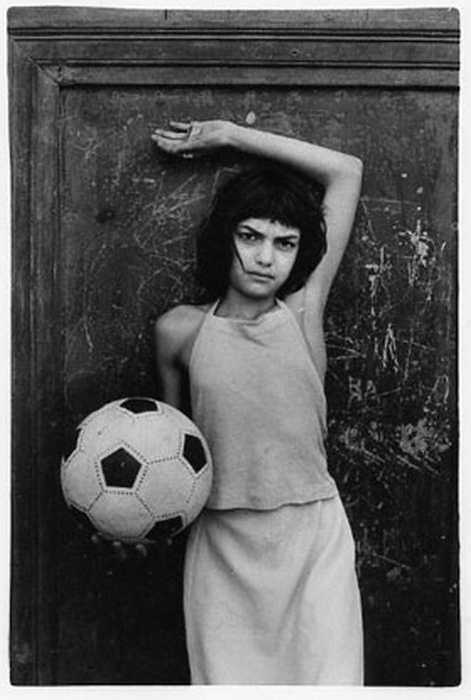
And now, five years later, Letizia Battaglia returns to Amsterdam, where she will show rarely seen works.
Below is some more information on Battaglia, courtesy Ron Lang Gallery:
“Don't think the Mafia's gone away. It's still there, especially in Sicily's politics,” says Letizia Battaglia, the Italian photographer who is famous for her serial photography on Cosa Nostra, or better known as Italian Mafia. Michael Day in an article on Independent (15 February 2014) also quoted this sentence to represent the intention of Battaglia’s works aiming to arose the consciousness towards the struggle of Italy with mobster violence. Read more here.
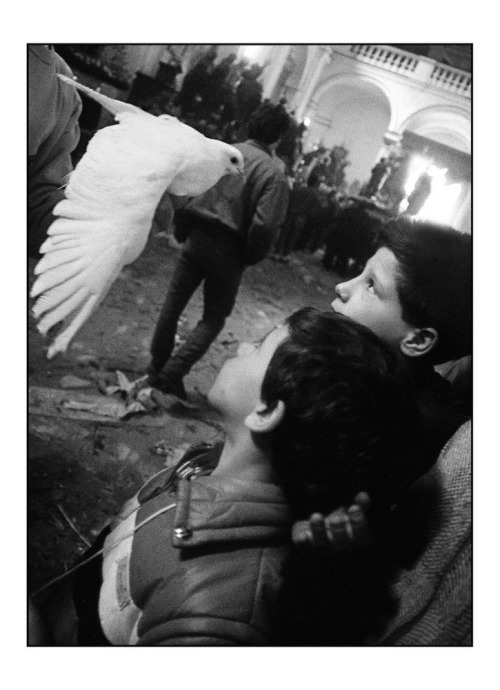
Palermo-born (1935), but trained in Milan, Battaglia worked in Sicily as a front-line photo journalist in the bloody period of the Eighties and early-Nineties. In the review of her exhibition in Liverpool's Open Eye Gallery last year, Michael Day introduced the works from Battaglia as the testimony of violence with the eyes of an experienced photojournalist. “Her most famous monochrome images show death and squalor – memorably in the immediate aftermath of the shooting of a prostitute and two clients. But Battaglia created tension in her work by combining such images with delicate still lives and intense portraiture of Sicilian children and women. As such, she showed how organized crime is blighting the lives of whole families and generations.”
Battaglia’s career as a photographer wasn’t easy from the first beginning. Not until her 34 did she start to pick up a camera, and by the time she was in Milan, already a mother of three kids. Rachel Spence in Financial Times described how Battaglia encountered the theme of Mafia as following. “Discovering that supplying images with her copy boosted her wages, she applied herself to the craft. Although her signature images of murder scenes earn her regular comparison with the American photographer Weegee, it is telling that she names Diane Arbus – who revealed our own shadow selves in her freakish subjects – as her greatest inspiration.” (Rachel Spence. “Letizia Battaglia: Breaking the Code of Silence, Open Eye Gallery, Liverpool – review”. FT, February 26, 2014)
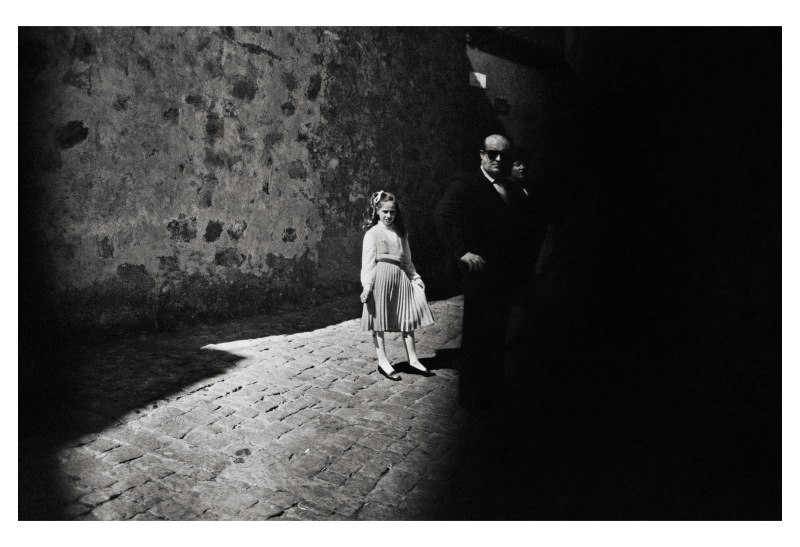
Battaglia’s attitude of “anti-Mafia” and deep thoughts towards her country was developed stronger as her works grew maturer. There is again another description from Rachel Spence, “Among the many Italian masters who might claim her as their heir, it is Caravaggio who makes the strongest case. Like Battaglia, the 17th-century painter was a magician of light and shade. He too sought out the dead and impoverished as models. (Battaglia’s corpses, encircled so often by operatic crowds of mourners, paparazzi and policeman, recall Caravaggio’s painting of the Virgin on her deathbed surrounded by a chorus of stricken followers. And her image of two filthy, naked feet, captured as their owner kneels on stone steps, picks up one of his favourite motifs.)” It is not too much to compare Battaglia with the Italian great painter Caravaggio. Both of them deals with construction between light and darkness, life and death. She is without a doubt a great contemporary photographer, artist, journalist, and social activist. She won numbers of photo awards worldwide. Battaglia has been having exhibition with RonLangArt (with its former name: Metis_NL) for over a decade. This year we are honored to present the artist to the public again!
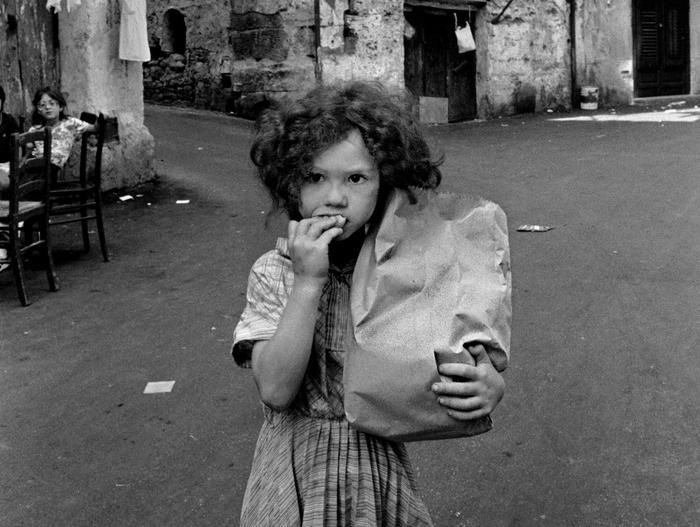
Letizia Battaglia: Fotografa, opens on saturday november 28th at 5PM Ron Lang Gallery in Amsterdam. The gallery is located at Laurierstraat 82. Check the website for more info.